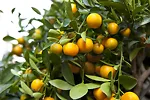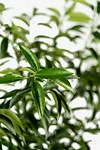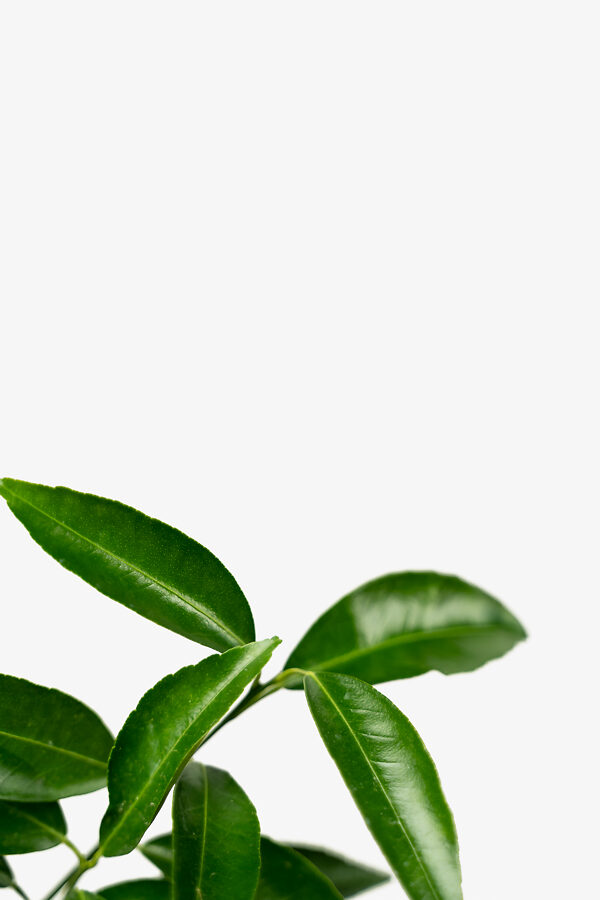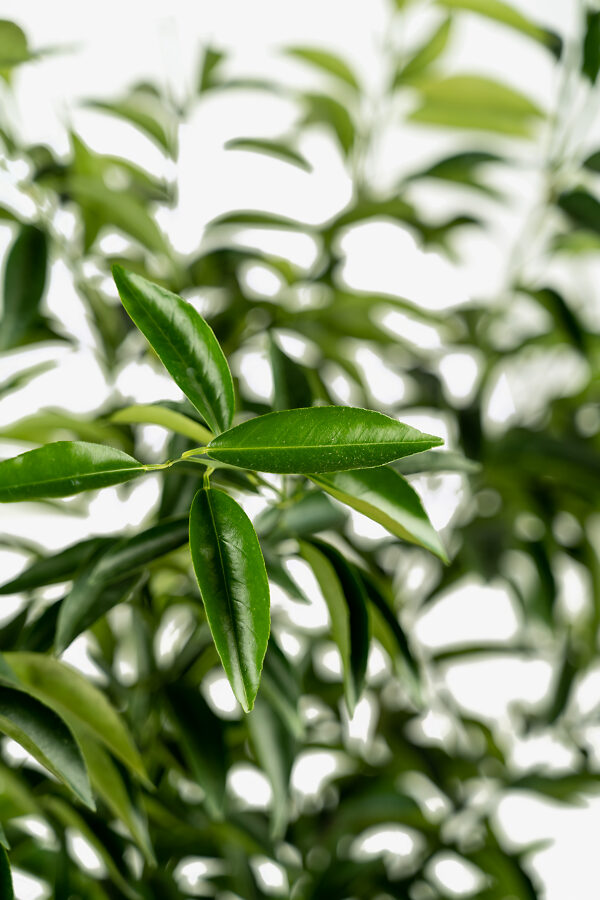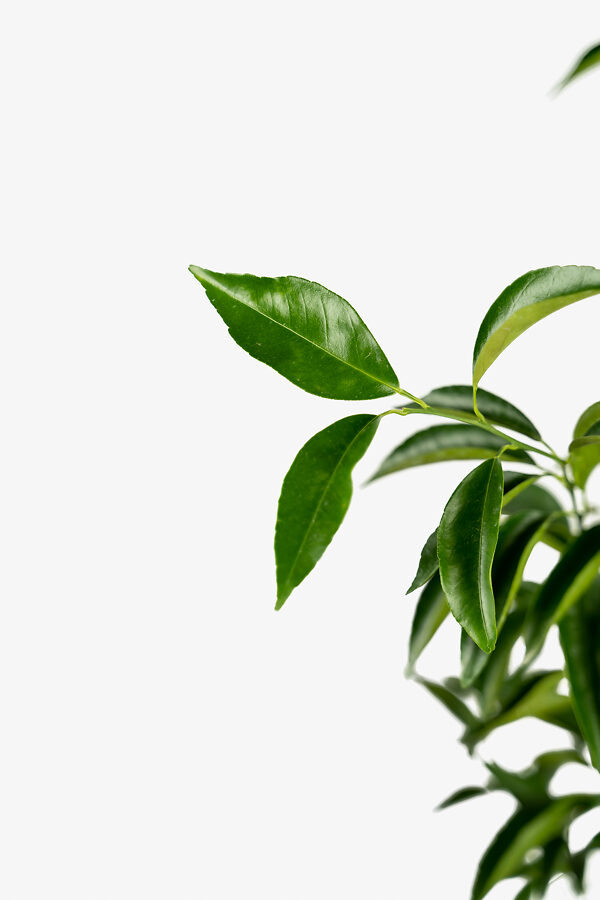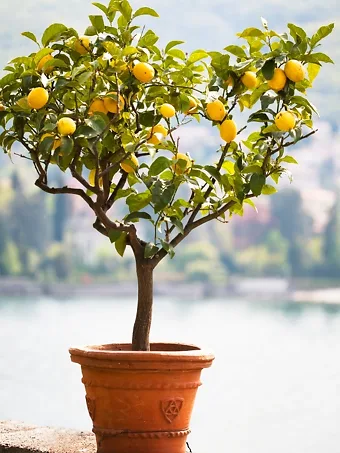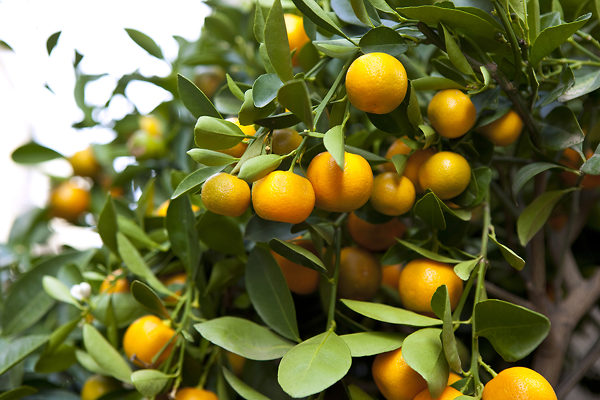
Clementine Mandarin Tree
Citrus x clementinaView more from Citrus Trees
Clementine Mandarin Tree
Citrus x clementina
30 day - ARRIVE AND THRIVE™ guaranteeLearn more


Special Features
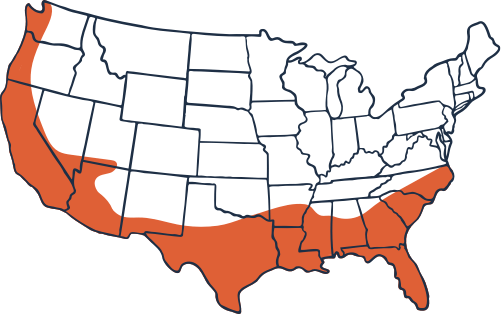
Botanical Name
Citrus x clementina
Outdoor Growing zone
8-10
Mature Height
10-15
Mature Width
6-10
Sun needs
Full Sun
The Clementine is often called the ‘Christmas Orange’, because the fruit ripens during the holiday season, so with this tree you can literally pick fruit as you sit around the Christmas tree. Children love these easy to peel fruits, with no seeds, which are even easier to eat than their tangerine and mandarin cousins. This is also one of the hardier citrus and can be grown into zone 8; so many people can enjoy a tree outdoors in a sunny, sheltered location. The good news is that the Clementine Tree also grows well in a large pot and stays small enough to bring inside for the winter and keep outdoors in the warmer months. In many areas it will only need a sheltered porch or glass-in sun room to flower and fruit profusely.
- Sweet and delicious easy to peel fruit
- Ripens during the winter holiday season
- Hardy outdoors to 15 degrees
- Easily grown in a pot in colder regions
- Sweetly fragrant blooms and bright orange fruit
With easy pot growing, anyone can grow their own Clementine Bush. This is one of the toughest and easiest citrus to grow, and will thrive for years with simple, basic care. If you have always dreamed of beautiful, fragrant citrus blossoms, and sweet fruit, but thought it impossible, now you can enjoy your own Clementines at the best possible time of the year.
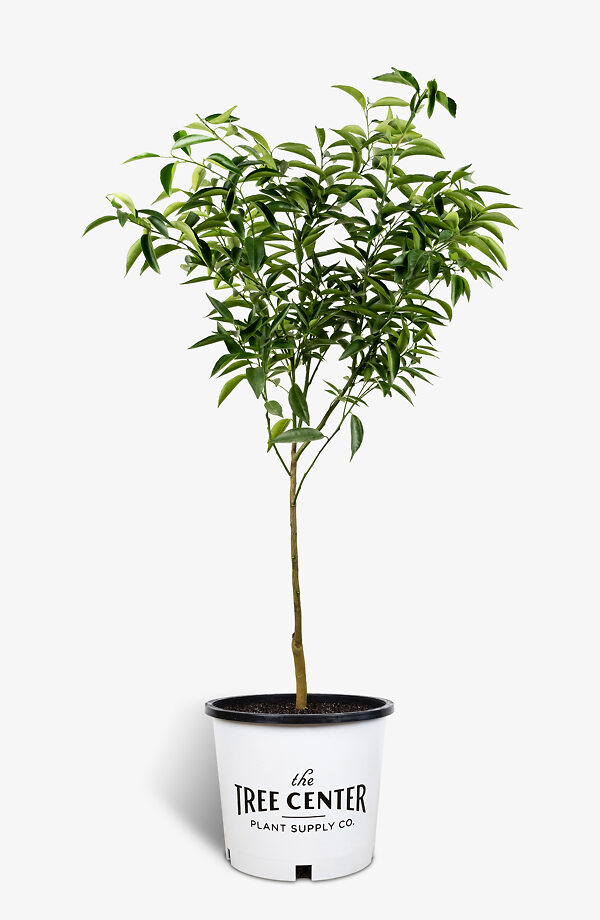
The fruit of the Clementine tree ripens in late November and keeps into January, giving this delicious fruit the nickname of ‘Christmas Orange’. It is closely related to the mandarin orange and the tangerine; it is easy to peel in a similar way to the tangerine, but usually seedless, making it much easier and more pleasant to eat than either of its relatives. If you are looking for a different citrus tree to grow and want something that can be easily eaten out of your hand, and is especially a favorite of children, the Clementine Bush is the perfect choice. From its handsome, glossy, deep green foliage to its beautiful, fragrant blooms and of course the delicious fruits, this is a plant that you will be happy to have in your garden.
The clementine (Citrus x clementina) was first found growing naturally in the garden of an orphanage in Algeria by Father Clément Rodier, who the fruit is named after, at the beginning of the last century. It is similar or identical to a much older plant originating in China, and is considered to be a hybrid between the orange and the mandarin.
Growing Clementine Bushes
Like all citrus plants, your Clementine Bush will grow at a moderate rate of 6 to 12 inches a year, slowing down as it matures or as it fills the pot with roots. In a good location it will begin to bear fruit within a couple of years and does not need complex pruning, feeding routines or extensive pest-control. It will grow in most soils that are not regularly wet.
Size and Appearance
The Clementine bush is an evergreen citrus tree with glossy oval leaves of a healthy dark-green color. Planted outdoors it will eventually grow to between 10 and 20 feet in height as a large shrub, but if planted in a container it will only reach around 10 feet and it will remain bushy. Flowering usually occurs in spring and the fruit take about 8 months to ripen. Your harvest will begin to ripen in mid-November and stay on the bush to be picked as needed until the end of January. Although like all citrus there can be some pest and disease issues, with some simple care your tree will remain healthy and only rarely develop any serious problems.
Hardiness and Climate
The Clementine Bush is one of the hardier citrus, and when mature it can tolerate a few degrees of frost, so as well as growing in zones 9 and 10 it can be grown outdoors in warmer parts of zone 8. In colder regions it is best to grow your bush in a large container 18 to 24 inches in diameter and bring it into a cool but frost-proof, brightly lit area during cold weather.
Sun Exposure and Soil Conditions
The Clementine Bush needs a sunny location to fruit well and will grow best in a well-drained soil with organic material added to it. If you do have soil that is regularly wet, plant your tree on a raised mound of earth. Although the clementine is normally seedless, if grown near other varieties of citrus it is normally for some fruits to produce a few seeds.
Planting Your Clementine Bush
To plant your Clementine Bush outdoors, choose a sunny location with enough room for it to develop properly. Turn over the soil and add some rich organic material to it. Dig a hole three times wider than the pot but no deeper. Once you have put your plant in the prepared hole, put back most of the soil and add plenty of water. Once that water has drained away, fill the hole with the rest of the soil. Do not plant your young bush any deeper than it was in the pot. Apply thick organic mulch over the root-zone but do not let it touch the trunk. Renew this mulch each spring.
Planting in a Pot
If you will be growing your Clementine Bush in a pot, choose a large container with drainage holes. Use a regular potting soil, preferably one for outdoor pots. Water the pot thoroughly after planting and then when the soil starts to dry a little. Always water your bush well until some excess water flows out of the drainage holes.
Fruiting and Flowering
Citrus plants will flower and fruit in response to stress. For outdoor plants this is normally stress from the cooler temperatures in winter. When grown in a pot your tree may not receive enough stress to flower, so no fruits will form. The ideal winter temperature is below 680F, so try to keep your tree in a cool place when it is indoors. Another way to encourage flowering for trees in pots is to withhold water until the leaves begin to curl. Then resume watering and the tree will normally flower within two months.
Pruning and Maintenance
Young clementine plants do not normally need pruning, but as it grows you should remove some branches to keep the center open so that light penetrates right inside the branches. There should be dappled shade beneath your tree, not dense shade. Sprinkle a citrus-tree fertilizer beneath the tree over an area extending a little beyond the spread of the foliage each spring. Bushes in containers should be fed with a liquid citrus-tree fertilizer from spring to harvesting.
Buying Clementine Bushes at The Tree Center
The Clementine is a special bush that cannot be grown from seed. Seeds will almost always produce trees of inferior quality that take many years to even produce their poor-quality fruit. Our plants are grown the correct way, by grafting stems of the highest quality Clementine on to sturdy roots that will produce a healthy bush that will begin to fruit while young. So beware of cheaper plants that will only be a disappointment to you.
We sell plants that are true to the proper form and variety and we are constantly receiving new stock so that we can send our customers the best quality possible. However supplies of this very popular citrus are often limited, so order now to avoid disappointment.
